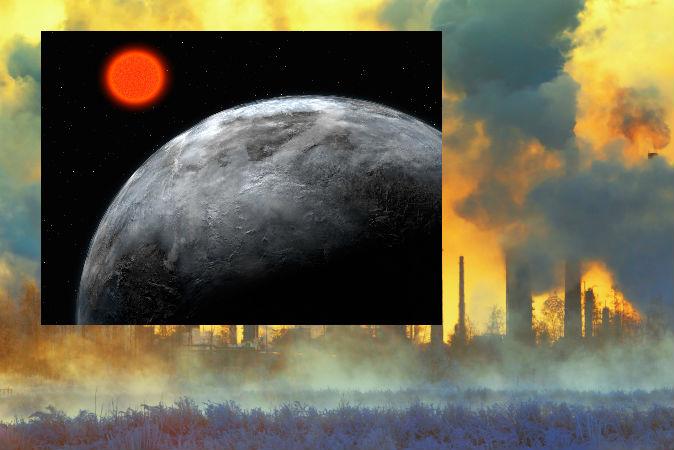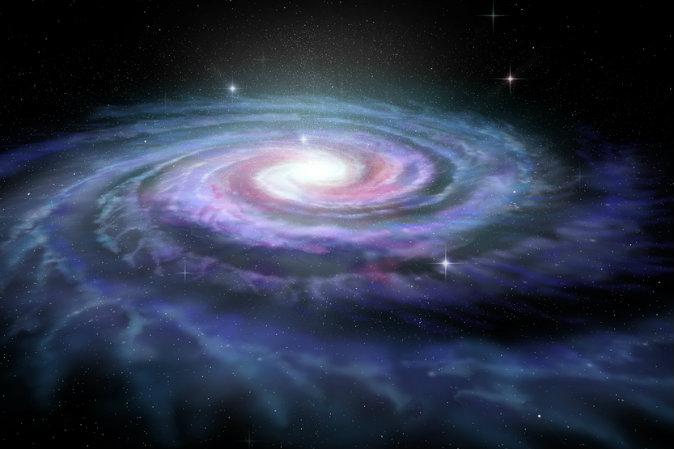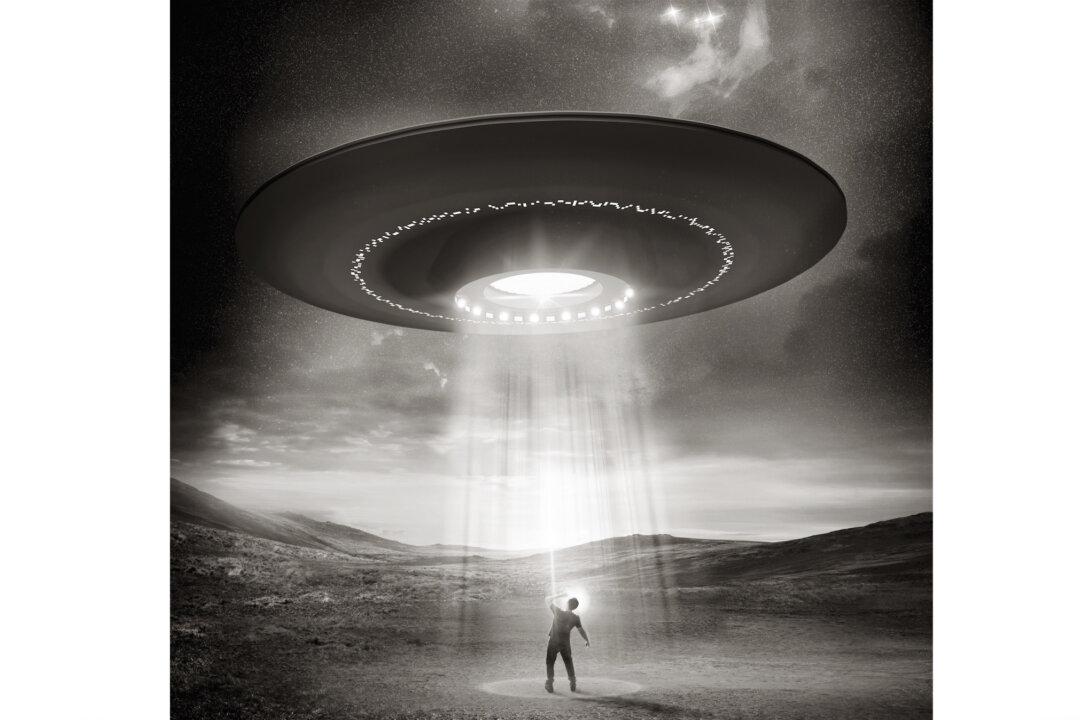Scientists have recently postulated an unorthodox way to detect life on other planets. Assuming intelligent life has reached our current level of industry and technology, it may be possible to detect alien industrial pollution remotely.
Is there anyone out there? That question has troubled mankind since the first humans gazed up at the stars. Today, that question still haunts scientists brave enough to peer and pioneer into the great blackness of the unknown.
But, a new approach postulated by the Harvard-Smithsonian Center for Astrophysics (CfA) could help us answer the question of whether intelligent alien life exists in the universe.
More and more worlds are being discovered as techniques to detect planets improve. The hunt for habitable and Earth-like planets continues as NASA discovers more and more. One of the latest discoveries is Kepler-186f, an Earth-sized planet within its star’s habitable zone. NASA announced the discovery in April. The habitable zone is the area within a star’s orbit where water could remain liquid on a planet’s surface.
Scientists can use the light spectrum from the light reflected off these planets to help determine their atmospheric content. Using this process, scientists can detect gases, such as oxygen and methane, that are replenished by living organisms. Those life forms could be microbes and other simple life forms. Detecting evidence for life with high-level intelligence seems to be much more difficult.
However, the CfA postulated that if we could spot pollutants in a planet’s atmosphere, it may indicate a civilization that’s industrial.
The James Webb Space Telescope (JWST), which is expected to launch in 2018, will be able to detect two kinds of chlorofluorocarbons (CFCs) in the atmospheres of distant celestial bodies. These CFCs are pollutants produced by industry.
The telescope will have an on-board infrared light-splitting spectrometer used to detect such gases. But, there are currently two hangups to this scientific approach. The first is that the telescope could only detect the CFCs if the foreign planet’s atmosphere had ten times the level of those found on Earth.
The second is that the planet would most likely have to be circling a white-dwarf star, which would amplify the atmospheric signal. White-dwarfs are usually what remain after a star like our sun has burned out. The CfA proposed that a later-generation telescope could have better abilities to detect pollution on planets around a sun-like star.




